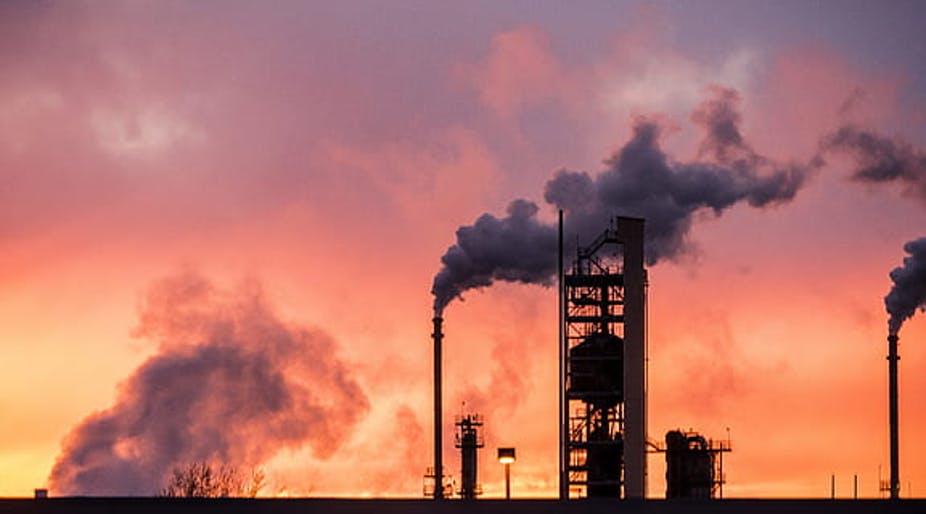The Public Interest and Accountability Committee’s Report on oil revenue shows that Ghana has gathered over $6.5 billion over the last ten years of mining the “black gold”.
Out of the $6.550 billion received from 2011 to 2020, the Ghana National Petroleum Corporation received $2,012.16 billion, representing about 30.72 per cent, Annual Budget Funding Amount (ABFA) had $2,557.12 billion (39.04 per cent), the Ghana Heritage Fund had $0.587 billion (8.97 per cent), while the Ghana Stabilisation Fund received $1,393.18 billion (21.27 per cent).
Professor Kwame Adom-Frimpong, the Chairman The Public Interest and Accountability Committee (PIAC), disclosed this at a forum in Takoradi for stakeholders in the Western and Central regions.
The forum formed part of the 10 Years Anniversary of PIAC, on the theme: “A Decade of the Management and Use of Petroleum Revenue in Ghana, Successes and Lessons for the future.”
The Oil revenue, however, dipped in 2020 due to the COVID-19 pandemic with that year’s projections showing reduction in royalties from $236,794,156.13 in 2019 to $195,359,565.96 in 2020 while Carried and Participation Interest (CAPI) also went down from $505,987,937.41 to $300,926,631.91 within the same period.
Prof Adom-Frimpong said the Jubilee Fields produced 350,469.95 Million Standard Cubic Feet (mmscf) of gas, Tweneboa Enyenra Ntomme (TEN) had 179,884.98 mmscf, and Sankofa Gye Nyame produced 199,126 .687 mmscf to reach a total of 729,481.61 mmscf of gas between 2014 and 2020.
He said the oil monies focused on 12 development poles including health, infrastructure, alternative energy sources, environmental protection, social welfare, security, institutional strengthening and agriculture.
The Enchi-Asankragwa Road, the Kotoka International Airport Terminal Three, the Free SHS, the Kojokrom-Takoradi Railway project, the Atuabo Gas Processing Plant, and the Anomabo Fish College were examples of how the oil monies had been used in Ghana, he said.
Prof Adom-Frimpong said as a citizen-led group, the PIAC would continue to engage the people to have collective views on the usage of revenue from the resource.
He said the PIAC would monitor and evaluate government’s compliance and other relevant institutions in the management and use of petroleum revenues and investments as provided by the Law.
Prof Adom-Frimpong said legacy projects should be identified and supported by the ABFA for posterity.
Mr Kwabena Okyere Darko-Mensah, the Western Regional Minister, called for signage on oil funded projects to enable Ghanaians have the conviction of proper utilisation of monies from the sector.
He urged the PIAC to create more visibility and employ lots of languages for effective communication among the populace.
In the Western Region, the Free SHS had increased second cycle enrollment from 13,000 to 27,000 to grow the human capacity of the nation, he said.



